Aaron Douglas was an African-American painter and graphic artist who played a leading role in the Harlem Renaissance of the 1920s and 1930s. He is sometimes referred to as “the father of black American art.”
Douglas developed an interest in art early on, finding some of his inspiration from his mother’s love for painting watercolors. After graduating from Topeka High School in 1917, Douglas attended the University of Nebraska, Lincoln. There, he pursued his passion for creating art, earning a Bachelor of Fine Arts degree in 1922. Around that time, he shared his interest with the students of Lincoln High School in Kansas City, Missouri. He taught there for two years, before deciding to move to New York City. At the time, New York’s Harlem neighborhood had a thriving arts scene.
Douglas had a unique artistic style that fused his interests in modernism and African art. A student of German-born painter Winold Reiss, he incorporated parts of Art Deco along with elements of Egyptian wall paintings in his work. Many of his figures appeared as bold silhouettes.
In 1926, Douglas married teacher Alta Sawyer, and the couple’s Harlem home became a social Mecca for the likes of Langston Hughes and W. E. B. Du Bois, among other powerful African Americans of the early 1900s. With his reputation for creating compelling graphics, Douglas became an in-demand illustrator for many writers. Some of his most famous illustration projects include his images for James Weldon Johnson’s poetic work, God’s Trombone (1927), and Paul Morand’s Black Magic (1929). In addition to his illustration work, Douglas explored educational opportunities; after receiving a fellowship from the Barnes Foundation in Pennsylvania, he took time to study African and modern art.
Douglas created some of his best-known painting in the 1930s. It was then that he created one of his most legendary works… a series of murals entitled “Aspects of Negro Life” that featured four panels, each depicting a different part of the African-American experience. Each mural included a captivating mix of Douglas’s influences, from jazz music to abstract and geometric art.
Douglas created some of his best-known painting in the 1930s. It was then that he created one of his most legendary works… a series of murals entitled “Aspects of Negro Life” that featured four panels, each depicting a different part of the African-American experience. Each mural included a captivating mix of Douglas’s influences, from jazz music to abstract and geometric art.


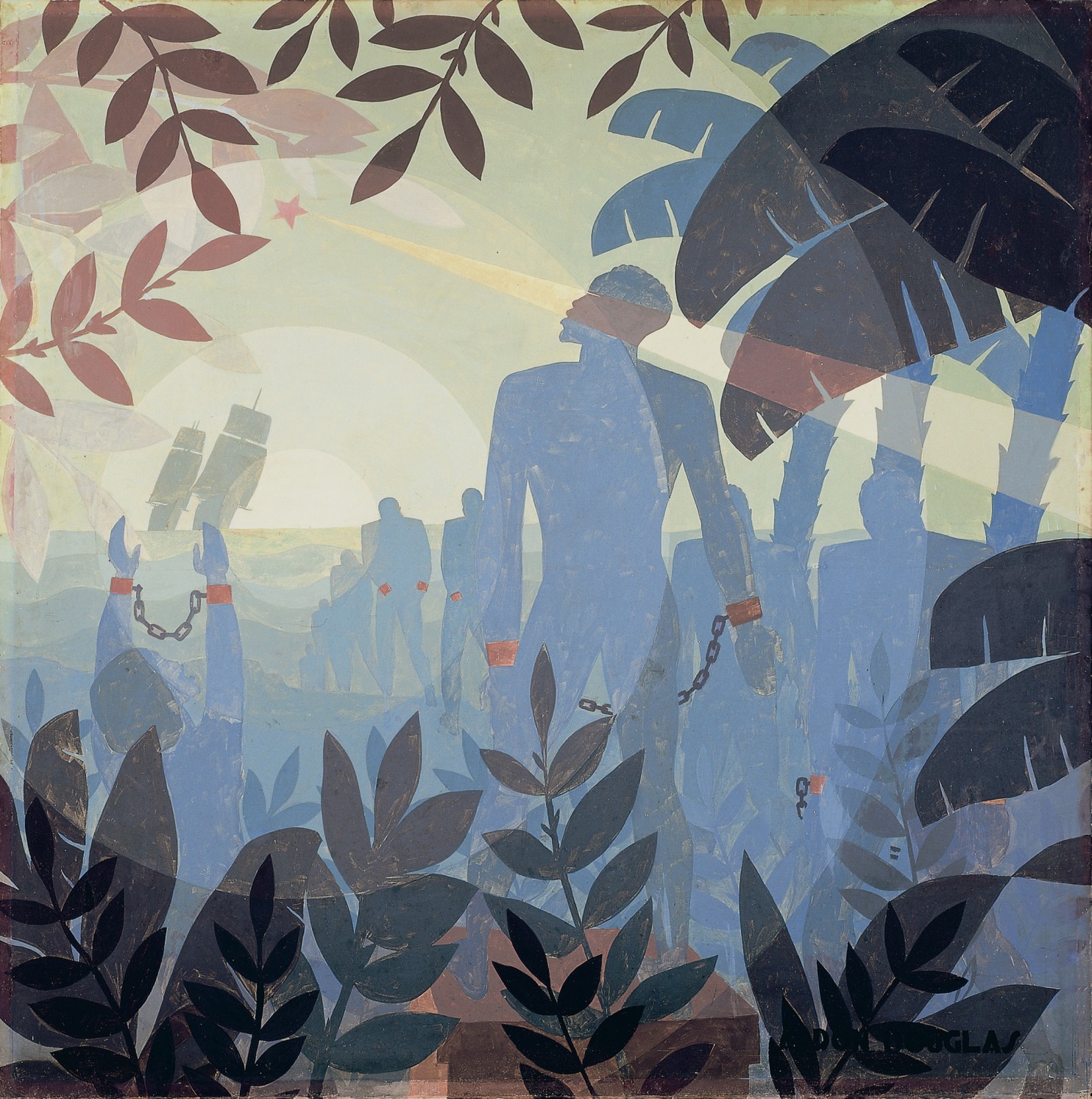
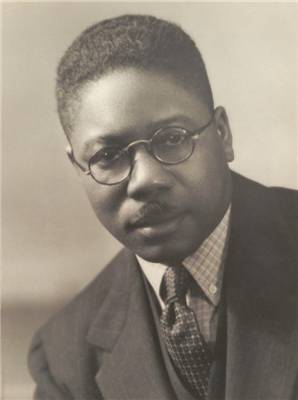
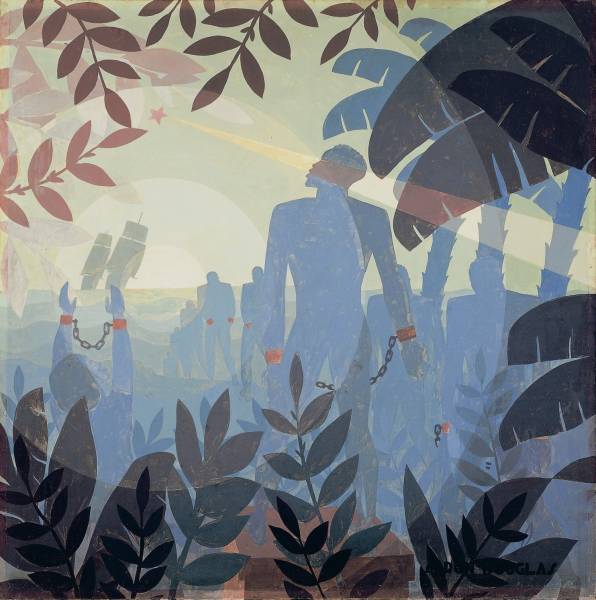
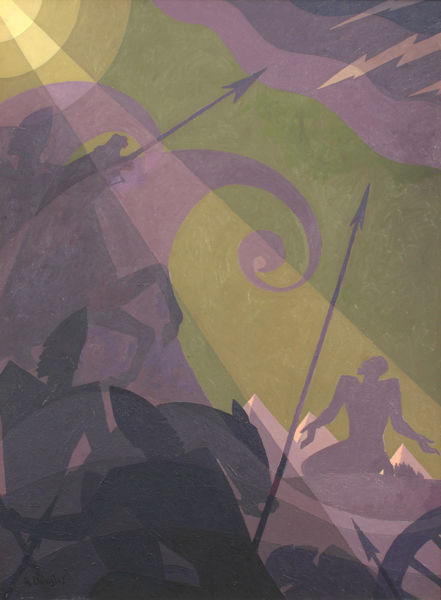
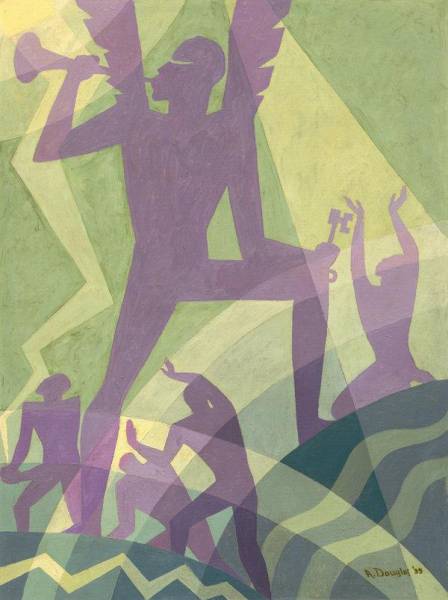
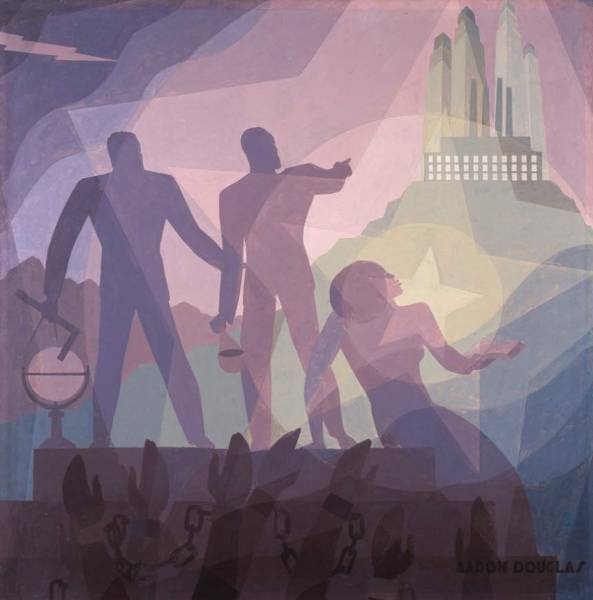
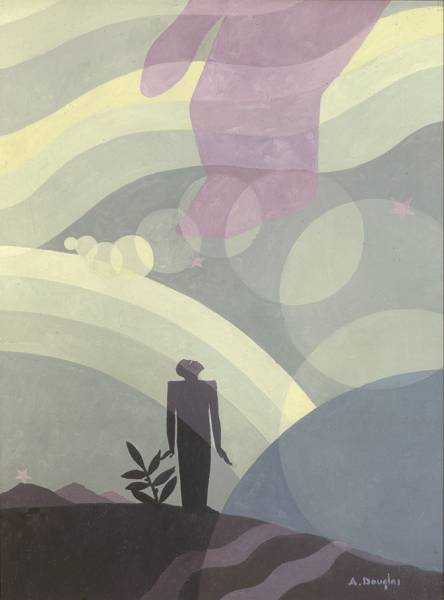
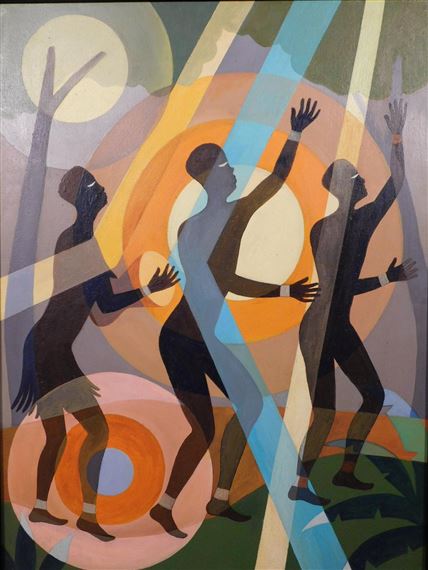
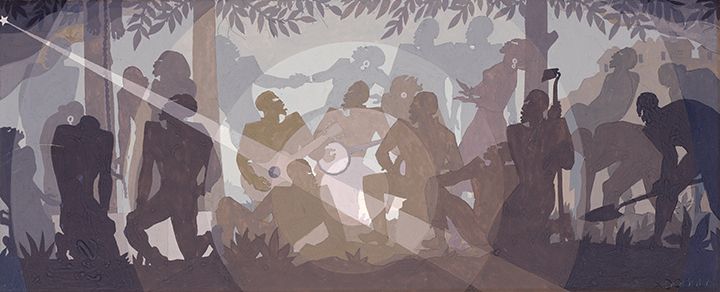
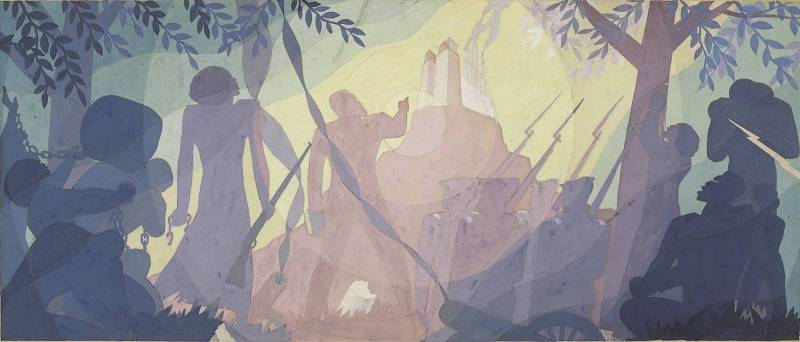
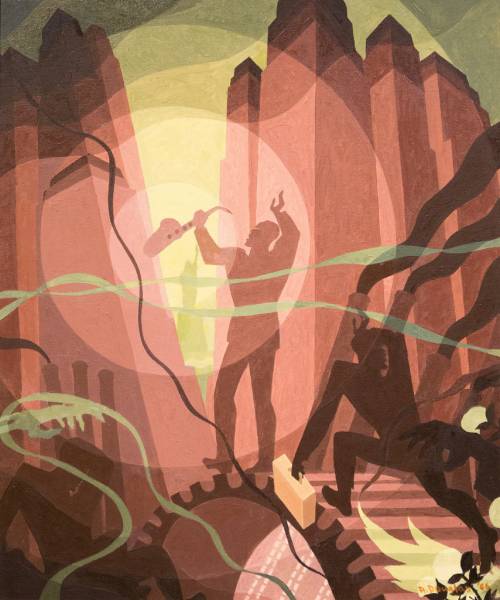
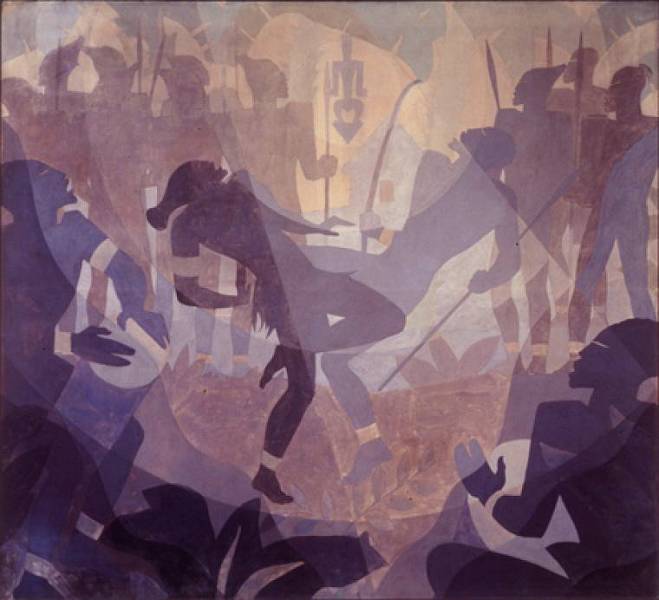
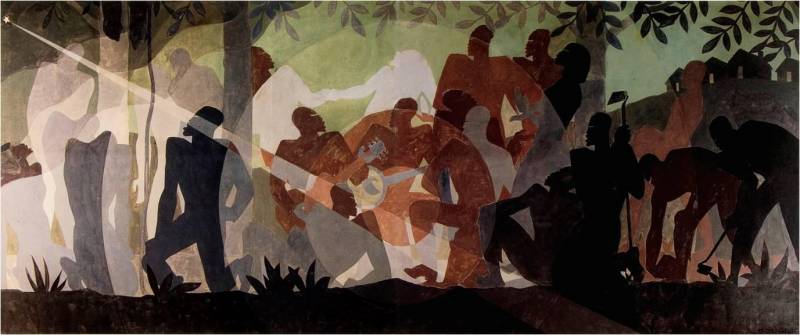
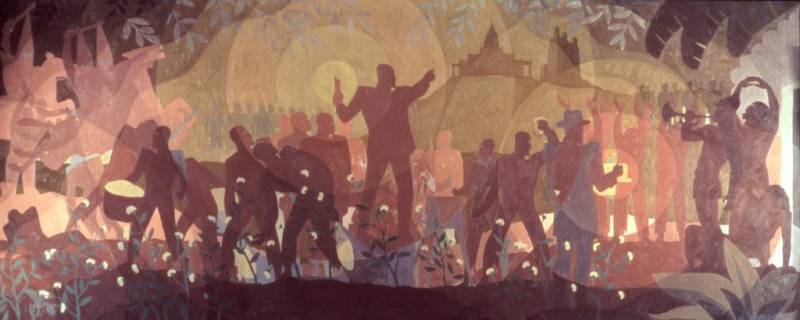
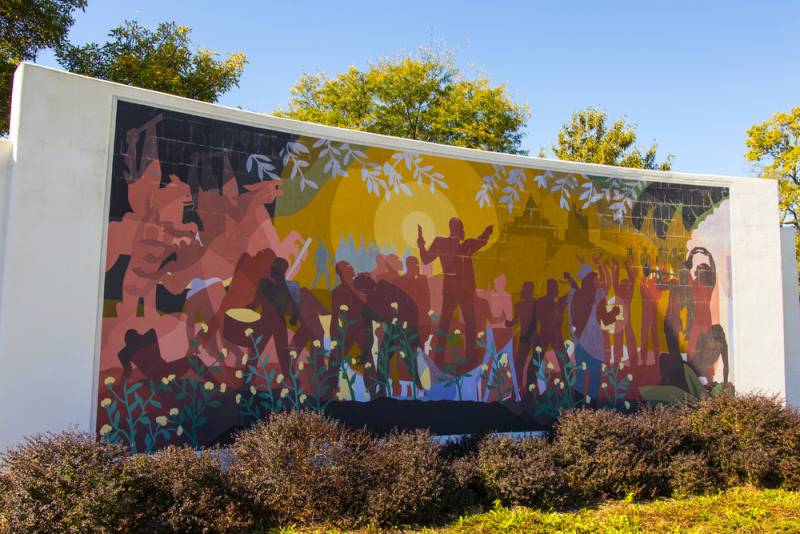
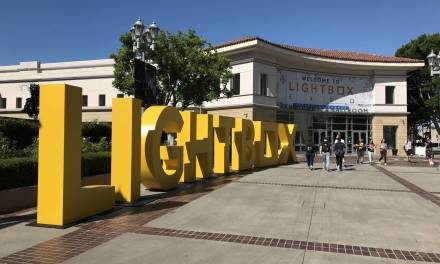

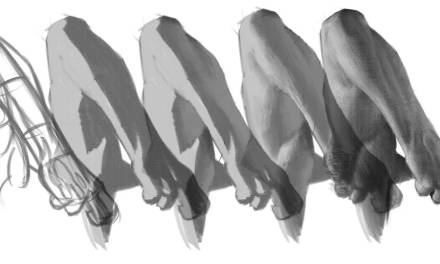

Aaron Douglas’s artwork is beautiful! Thank you for sharing!
Never heard of Douglas. Thank you for introducing me. I suspect Leo & Diane Dillon were familiar with his work, though–I think I see some commonalities.
Wow, thank you, because of you I came to know about this great artist AARON DOUGLAS.
Thanks for sharing this valuable info.
this is too short. my kid is doing an article about him and this barley helped her!!!!!!!!!!!!!!!
Yes, I have heard that barley is a wonderful source for soluble and insoluble fiber that aids in digestion.
For the other issue, have your daughter try Wikipedia.
Sounds like a you problem, Karen.
Wow, What a great artist
Wow, What a great artist